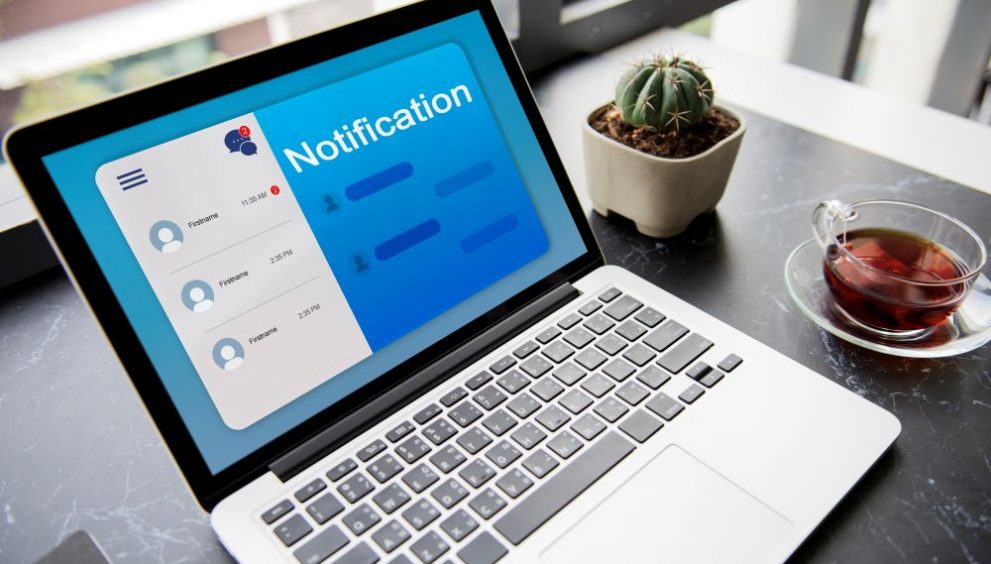Discovering that your Gmail account has been hacked can be a distressing experience. Not only does it compromise your personal information, but it also puts your contacts at risk. Hackers may use your account to send spam emails, steal sensitive data, or lock you out completely. However, by taking swift action and following the right steps, you can regain control of your account and protect it from future attacks.
In this blog, we’ll walk you through the process of recovering a hacked Gmail account and provide you with essential tips on how to secure your Gmail account from hackers.
What to Do if Your Gmail Account Is Hacked
If you suspect that your Gmail account has been compromised, it’s crucial to act quickly to minimize the damage. Here are the first steps you should take:
- Try to log into your account. If you can still access it, immediately change your password to a strong, unique one that you haven’t used elsewhere.
- If you can’t log in, visit Google’s Account Recovery page: https://accounts.google.com/signin/recovery
- Enter your email address and click “Continue.”
- Complete the security questions as prompted. This may involve providing a previous password, answering your security question, or entering a code sent to your backup email or phone number.
- Once you regain access, create a new, strong password. Consider enabling 2-step verification for added security.
Signs Your Gmail Account Has Been Hacked
- Unable to log in with your password
- Password changed without your knowledge
- Suspicious account activity (e.g., unfamiliar sent emails)
- Google alerts you about new sign-ins from unknown locations or devices
- Contacts report receiving spam or strange emails from your account
- Account recovery information (backup email, phone number) was changed
How to Recover a Hacked Gmail Account Using Google’s Account Recovery Tool
If the initial recovery steps were unsuccessful, you can use Google’s Account Recovery Tool to verify your identity and prove account ownership:
- Go to https://accounts.google.com/signin/recovery and enter your email address.
- Click “Try another way” if prompted until you see the option “Get help from Google Support.”
- Fill out the account recovery form with as much information as possible, including your full name, recovery email, phone number, account creation date, and last login date. The more details you provide, the higher the chances of proving ownership.
- Wait for a response from the Google Support team, who will guide you through further steps, which may require submitting a valid ID.
- Be patient, as the recovery process can take 3-5 business days. Avoid making multiple requests, as this may delay the process.
How to Secure Your Gmail Account from Future Hacks
Once you’ve successfully recovered your Gmail account, it’s essential to implement strong security measures to prevent future hacks. Follow these best practices to secure your Gmail account:
- Use a strong, unique password containing a mix of letters, numbers, and symbols. Never reuse passwords across different accounts.
- Enable 2-step verification, which requires a code from your phone when logging in from a new device.
- Regularly update your account recovery information, such as your backup email and phone number.
- Be cautious of suspicious emails, links, and attachments to avoid falling victim to phishing scams. Hackers often imitate Google’s official communications.
- Review your account activity and authorized apps frequently, looking for anything unusual.
How to Protect Your Gmail Account from Hackers
In addition to the steps mentioned above, there are several other measures you can take to protect your email from hackers and strengthen your overall email security:
- Install reputable antivirus software on your devices and keep it up to date. Quick Heal Total Security offers comprehensive protection against various cyber threats, including malware, ransomware, and phishing attacks.
- Avoid accessing your Gmail account on public Wi-Fi or shared computers whenever possible. If you must use a public network, ensure you log out of your account when finished.
- Be mindful of the personal information you share online, as hackers can use it to guess your password or answer security questions.
- Regularly back up your important emails and attachments to a secure location, such as an external hard drive or cloud storage service.
- Educate yourself about the latest cyber threats and scams to stay one step ahead of hackers.
Tips to Secure Your Gmail Account
- Use a strong, unique password
- Enable 2-step verification
- Keep recovery information updated
- Be wary of suspicious emails and links
- Review account activity regularly
- Install reputable antivirus software
- Avoid using public Wi-Fi for email access
- Be cautious about sharing personal information online
- Back up important emails and attachments
- Stay informed about the latest cyber threats
Stay Safe with Quick Heal
Recovering a hacked Gmail account can be a stressful experience, but by following the steps outlined in this guide, you can regain control of your account and secure it from future threats. Remember to act quickly, use Google’s Account Recovery Tool if needed, and implement strong security measures to protect your email from hackers. By creating a strong, unique password, enabling 2-step verification, keeping your recovery information updated, and being cautious of suspicious emails and links, you can significantly reduce the risk of your Gmail account being compromised. Additionally, installing reputable antivirus software like Quick Heal Total Security can provide an extra layer of protection against various cyber threats.
Stay vigilant, educate yourself about the latest scams, and regularly review your account activity to ensure the safety of your Gmail account. By following these best practices, you can confidently navigate the digital world and protect your personal information from falling into the wrong hands.
Check Out Our Full Antivirus Range


